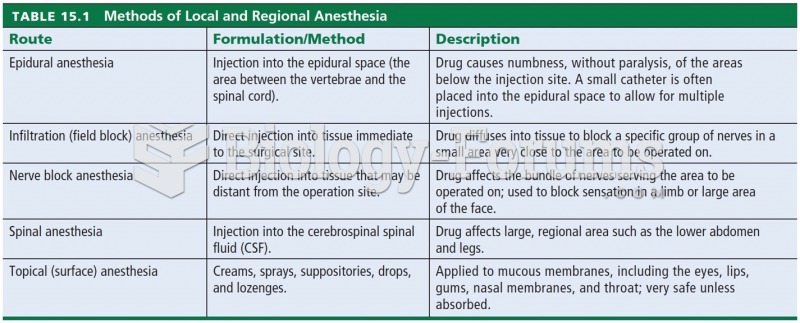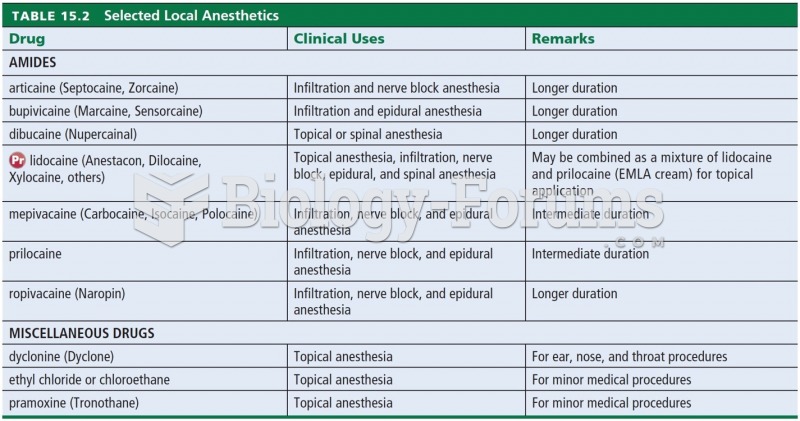Answer to Question 1
Students' answers may vary. The following is a sample response. As a scientist, Jonathan is horrified by the amount of pollution his company is generating. The dissonance he feels is the contradiction between a sense of loyalty and love for his job and his anger at the company's actions. To reduce the dissonance, Jonathan could rationalize that all companies pollute and that it is worth the sacrifice because his company provides jobs for the whole community. Jonathan could accept certain excuses and evidence that the company provides, such as that the pollution is not massive and moves down river, not really affecting his community. Jonathan can ignore the dissonance because he values his job as a scientist in a community with few jobs.
Answer to Question 2
Cognitive dissonance refers to any incompatibility an individual might perceive between two or more attitudes or between behavior and attitudes. Festinger argued that any form of inconsistency is uncomfortable and that individuals will attempt to reduce the dissonance and, hence, the discomfort. They will seek a stable state in which there is a minimum of dissonance. Research has generally concluded that people seek consistency among their attitudes and between their attitudes and their behavior. They do this by altering either the attitudes or the behavior or by developing a rationalization for the discrepancy. They can deny that any clear causation between the attitude and the behavior has been established. They can brainwash themselves by continually articulating the benefits of the attitude or the behavior. They can acknowledge the negative consequences of the attitude or behavior, but rationalize it. They can accept the research evidence and begin actively working to better the conditions. Alternately, they can quit the attitude or the behavior because the dissonance is too great.






